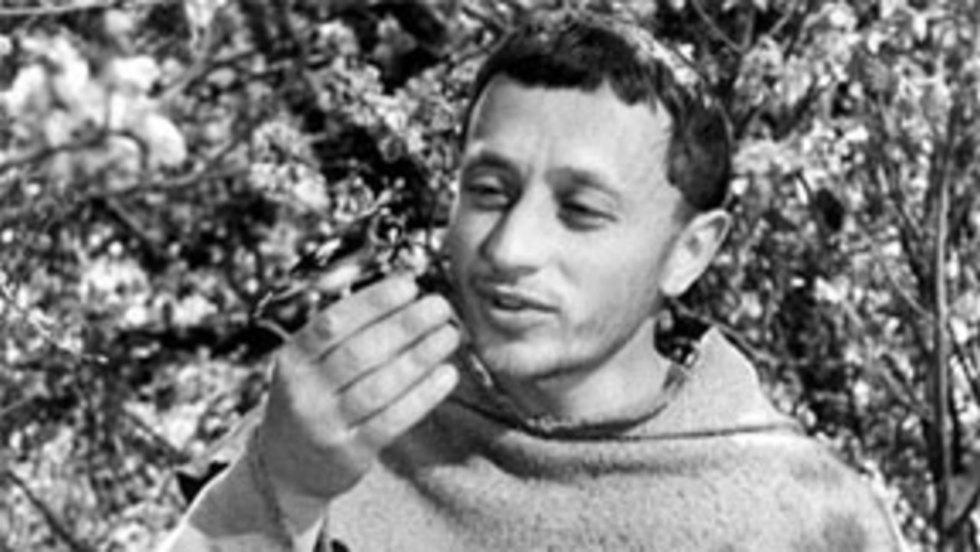
Unknown Premiere
The Flowers of St. Francis
| Italy | 83 MINUTES | ItalianThe Flowers of St. Francis is not one of Roberto Rossellini’s better-known films. In fact, it was critically dismissed when it first premiered at the Venice Film Festival in 1950, and was subsequently considered a box-office failure. But with each passing decade the film has attracted new audiences and has revealed itself to be a more complex work than originally thought, rich in subtext and certainly deserving of a second look. The film is set in the 12th century and follows Saint Francis of Assisi and his entourage of devout ascetics (played by real-life monks), as they strive to maintain personal humility while inspiring moral probity in the people around them. Unlike the bare-bones neo-realism that Rossellini made famous with his earlier films, most notably the seminal Rome, Open City, here he adopts a more episodic structure aided by the use of intertitles. The Flowers of St. Francis is philosophically complex and subtly humorous, and at times it verges on the surreal, a characteristic that is probably attributable Federico Fellini’s contribution to the script which was his last collaboration with Rossellini. But the direction remains pure Rossellini: unobtrusive and effectively understated. While once regarded as a straightforward religious film, this reading no longer seems to hold true (Rossellini was a self-proclaimed atheist after all). It is also telling that the film, which is ultimately about the challenges and rewards of compassion and redemption, was made just a few years after World War II, when Italy—much like St. Francis—was trying to come to terms with its past in order to make peace for the future.